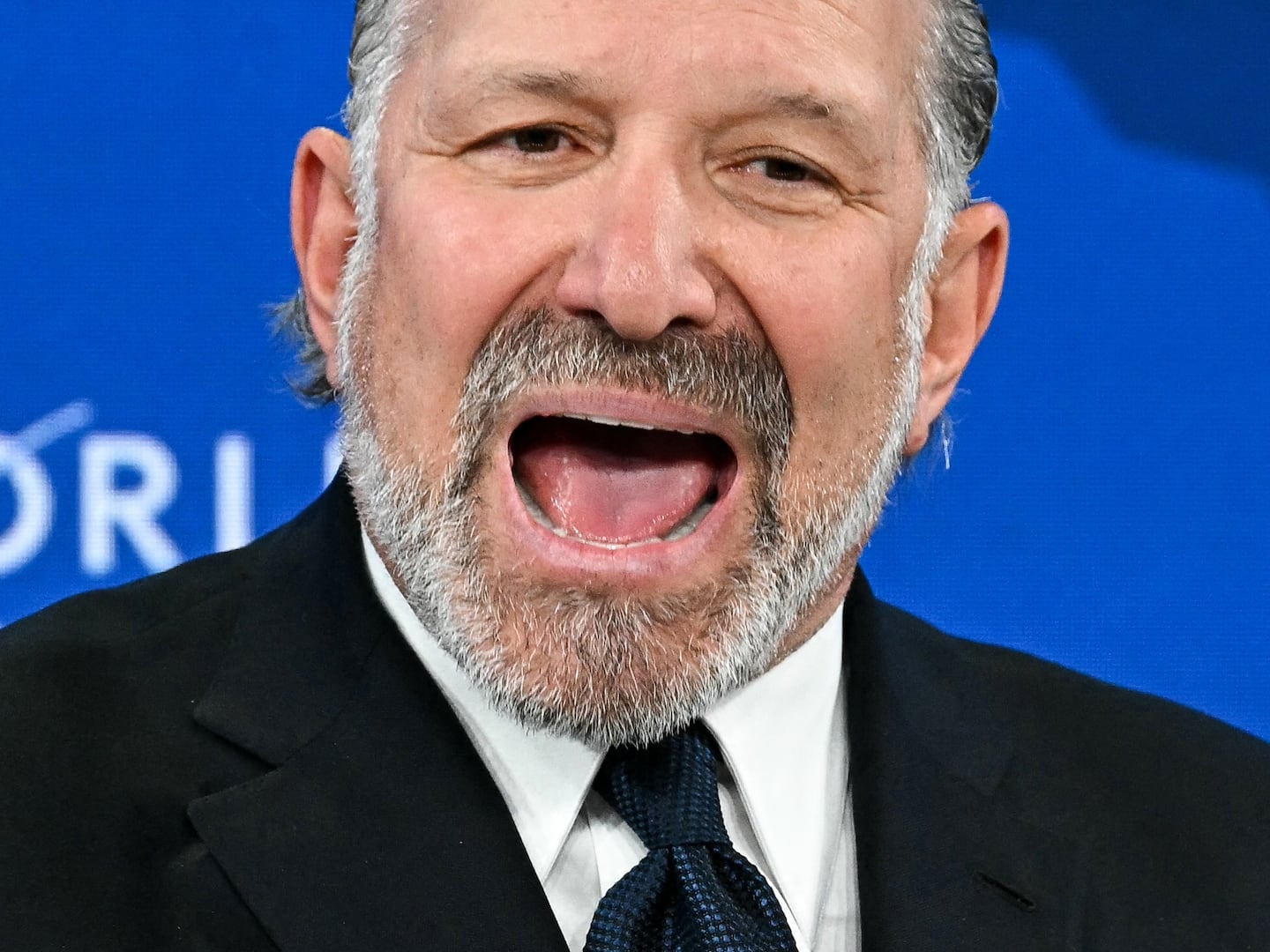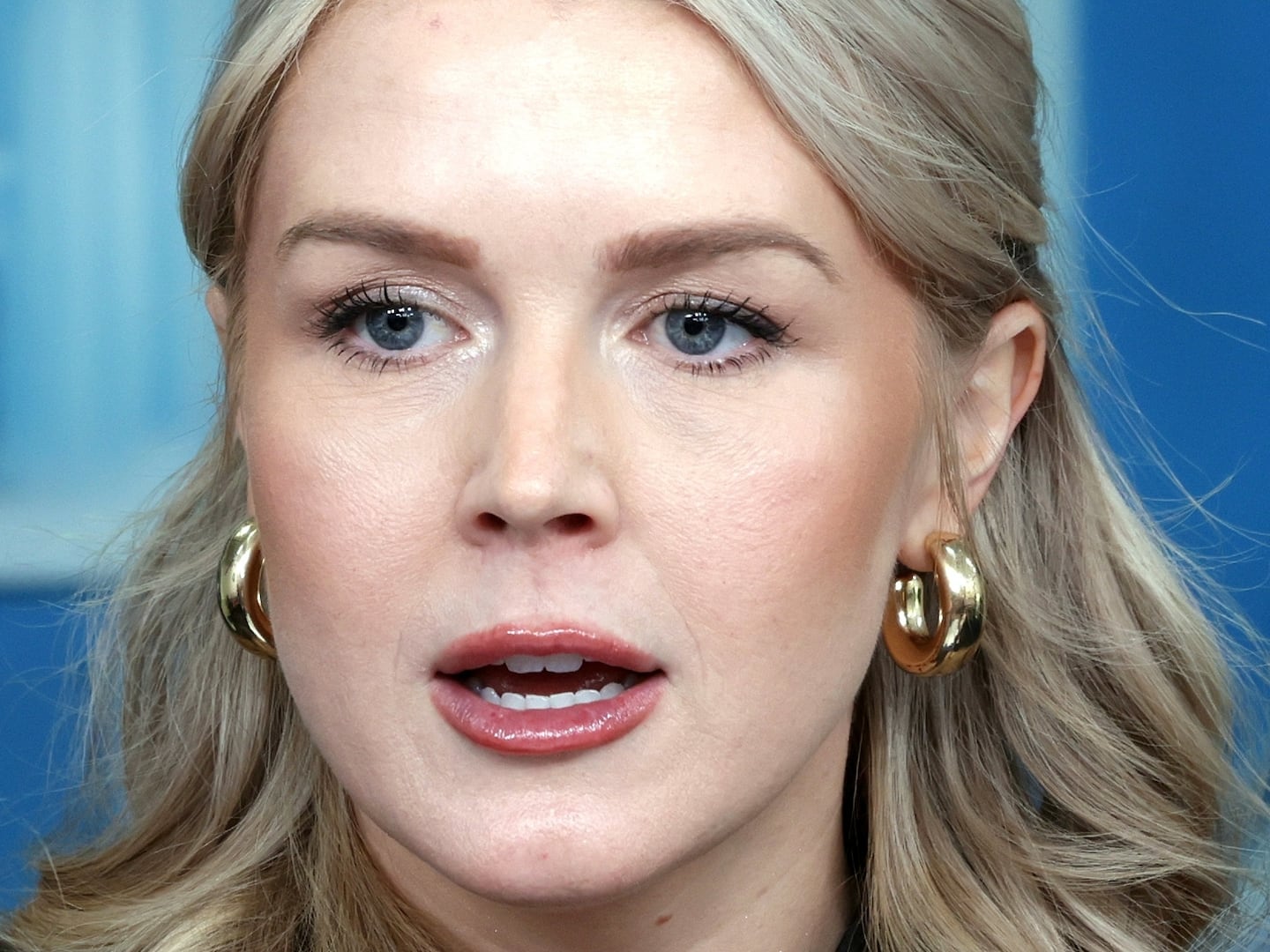On June 5, 2011, Chrishaun “CeCe” McDonald set out with three friends to go to a grocery store in Minneapolis. On the way they passed by the Schooner Tavern, where they encountered Dean Schmitz and Molly Flaherty. McDonald was 22, black, and transitioning from male to female. Schmitz and Flaherty, who were white, shouted racist and transphobic slurs at McDonald and her friends. McDonald kept walking, but Flaherty attacked her with a broken glass, cutting her face. A fight ensued, Schmitz joined, and at some point McDonald stabbed Schmitz with a pair of scissors. Schmitz (who, incidentally, had a swastika tattooed on his chest) later died of his wounds.
By any rational reading of these facts, McDonald’s actions constitute self-defense. (Though Minnesota lacks a “stand your ground” law like Florida’s, her use of force was arguably more justified than George Zimmerman’s shooting of Trayvon Martin—yet where are all the voices that raced to defend Zimmerman?)
Despite all this, McDonald was charged with second-degree murder, and pleaded guilty to manslaughter in May. On Monday, she was sentenced to 41 months in prison for manslaughter. Due to time already served, she probably will spend the next two years in prison, where if recent history is any guide, she will be subjected to physical and sexual assault. (As a general rule, prisoners are organized by anatomy, not gender, so she will be placed in a men’s prison.)
While the sentence has sparked outrage in some circles, it has gone virtually unnoticed by the mainstream media, as well as in the mainstream gay community, which has been consumed by the same-sex-marriage debate and the Tyler Clementi/Dharun Ravi case. But in fact, the CeCe McDonald case is part of a recent, horrifying spree of violence against transgender people, particularly trans people of color.
On April 29, 37-year-old Brandy Martell was shot dead in Oakland, in what has become a classic and tragic narrative of anti-trans violence: 3 a.m. Sunday morning, some men approach Martell, who’s sitting in a car with friends at a location known as a “safe space” for transgender women, and flirt with her. Martell discloses that she’s transgender, and the men leave. They return two hours later, shoot her in the genitals, and then in the chest. As of this writing, the killer has not been caught.

On April 16, Paige Clay, a transgender woman of color, was found murdered in a Chicago park. There are very few details about the killing, and no one has been arrested.
And on April 3, Coko Williams, another transgender woman of color, was shot to death in Detroit.
One case which did garner some mainstream media attention was that of Chrissy Lee Polis. Polis, a 24-year-old transwoman recovering from breast augmentation surgery, was emerging from the women’s restroom at a Baltimore-area McDonald’s in April 2011 when she was savagely beaten by two young women. A McDonald’s employee filmed the attack, laughed, and when another customer finally intervened to stop it, warned the attackers to leave before the police arrived.
While the attack on Polis was not as brutal as what happened to CeCe McDonald, it was filmed, and the video went viral, getting covered by ABC’s Good Morning America, as well as the Baltimore Sun and other newspapers. And unlike the others, the Polis case had a relatively good ending: McDonald’s fired the employee and compensated Polis (who is white), and the lead attacker was sentenced to five years in prison.
So how ought we to reflect on this tragic spate of violence? At the intersections of racism, sexism, and homophobia, these victims are triply victimized by stigma—four times over if we add in the element of class, and five times if we include transphobia as well. And we should; many reasonable people don’t yet understand that gender dysphoria is real, that gender is not defined by anatomy, and that transwomen like Chrissy Lee Polis are not perverted men in disguise, lurking in restrooms. (Conservative legislators frequently block protections for transgender people on the basis of this myth, as if stalkers need a legal pretext.) Precisely because transgender is a new concept for many people, trans people urgently need protection and respect.
Moreover, and I think this goes to the root of the problem, don’t many of us believe—or perhaps more accurately, feel—that these victims in some way brought the violence on themselves? Clay, the Chicago victim, was a glamorous rising star of the Chicago ball scene who once said, “If you are quiet as a mouse, no one will hear you.” In other words, most of these women were not bland, inoffensive “sweater gays”; they were RuPaul.
Even The New York Times betrayed this tendency in a recent story about Lorena Escalera, a transgender woman of color who died in a suspicious fire in Brooklyn in May. The story opened with this sentence:
She was 25 and curvaceous, and she often drew admiring glances in the gritty Brooklyn neighborhood where she was known to invite men for visits to her apartment, her neighbors and the authorities said.
After the Gay and Lesbian Alliance against Defamation criticized this sexualization of the victim, the Times responded directly, saying that “we should have shown more care in our choice of words.”

Transphobia is not justified, and neither is ambivalence in the face of tragedy. Yet the reality is that transgender lives are new to many people, and they raise important questions our society has yet to address. Compared to other civil-rights movements, our national “evolution” on matters of LGBT equality has been remarkably fast, so fast that our culture has not yet articulated what it means. Are gay people to be welcomed because they are just like straight people, and therefore OK? Or should they be included because we all recognize that people are different from one another, and have a right to determine for themselves how to live their lives?
The difference between the two ideologies is what divides the so-called “good gays,” who simply want to go to the same country club as their straight friends, and those LGBT people—such as CeCe McDonald or Chrissy Lee Polis—who implicitly make a different set of demands. Yet novelty is no excuse for intolerance. It’s hard to believe that McDonald would go to jail if she were a “normal” (and white) gay or lesbian person like Dan Savage, or Ellen DeGeneres, or me. We’d understand that she was entitled to defend herself, and that she did not invite this violence by being flamboyant, gender-nonconforming, or black.
McDonald may well deserve some punishment for responding to the attack on her by stabbing Dean Schmitz with a pair of scissors. But for fighting back against a pervasive climate of transphobia and violence against people perceived to be gender-nonconforming, I think she deserves a medal.






